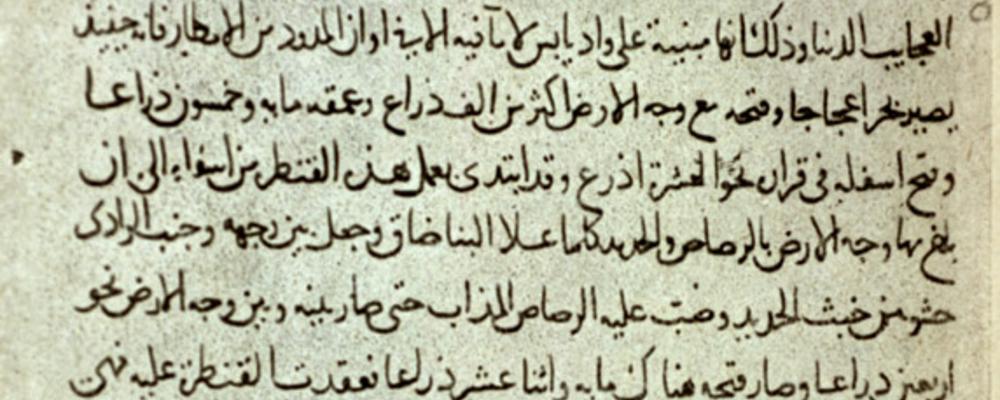Image

Eastern Vikings in Arabic Sources
Culture and languages
Þórir Jónsson Hraundal, Islands universitet.

Þórir Jónsson Hraundal, Islands universitet.
The most voluminous and diverse source material on the Scandinavian expansion into Eastern Europe in the ninth and tenth centuries is found in Arabic geographical and historical works from this period, yet this material has traditionally received very limited attention from scholars.
The background of this situation is complex and in no small measure due to the fact that the identification of the people named ‘Rus’ or ‘Rusiyyah’ in the medieval Arabic geographical and historical literature has long been disputed, especially whether they are to be regarded as Scandinavian or Slavic. Their name bears an obvious resemblance to that of the predominantly Slavic state that emerged in and around Kiev in the tenth century, known as Rus, which ultimately converted to Orthodox Christianity and became the embryo of Ukraine, Belarus, and Russia. A perusal of the Arabic sources, however, demonstrates that they mostly concern not the Kievan Rus but rather a distinctively different yet homonymous group (or groups) of people in a much more easterly region.
I thus propose that the Rus may be dealt with, broadly speaking, as two distinguishable groups: on the one hand, Kievan Rus; and on the other, what we may term ‘Volga-Caspian Rus’. The former should be regarded as predominantly Slavic, although incorporating a significant Scandinavian element which gradually diminished in the course of the tenth century. By contrast, the ‘Volga-Caspian Rus’ were predominantly Scandinavian merchants and warriors who eventually disappeared or integrated with local peoples beyond the point of being a distinguishable entity by the early eleventh century.
Although the Arabic sources have usually been introduced as auxiliary material for other witnesses, such as the Slavonic Primary Chronicle and Old Norse and Byzantine writings, it is clear that there are ample grounds to examine their evidence as an independent body of information. A comparison of Arabic and non-Arabic accounts on the Rus reveals important geographical, social, and cultural differences in their descriptions, and consequently opens up a new perspective on this chapter of the Viking Age.
Thorir Jonsson Hraundal is a Lecturer in Medieval Studies and Middle Eastern Studies at the University of Iceland. After graduating in general linguistics from the same university, he studied Arabic and Hebrew at the University of Salamanca before obtaining an M.Litt from the Faculty of Oriental Studies at Cambridge, where he examined the northwards expansion of Islam, specifically the conversion of the Volga Bulghars.
His doctorate from the University of Bergen focused on accounts written mainly by ninth- and tenth-century Muslim geographers and historians on peoples they termed ar-Rūs (‘Rus in Arabic Sources: Cultural Contacts and Identity’, 2013).